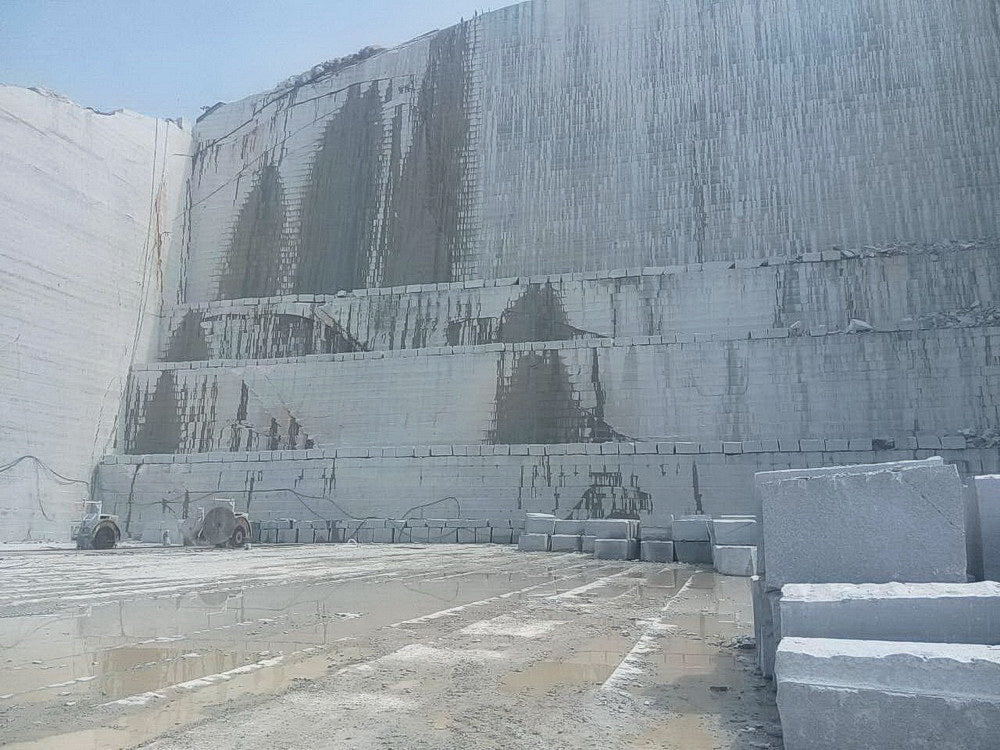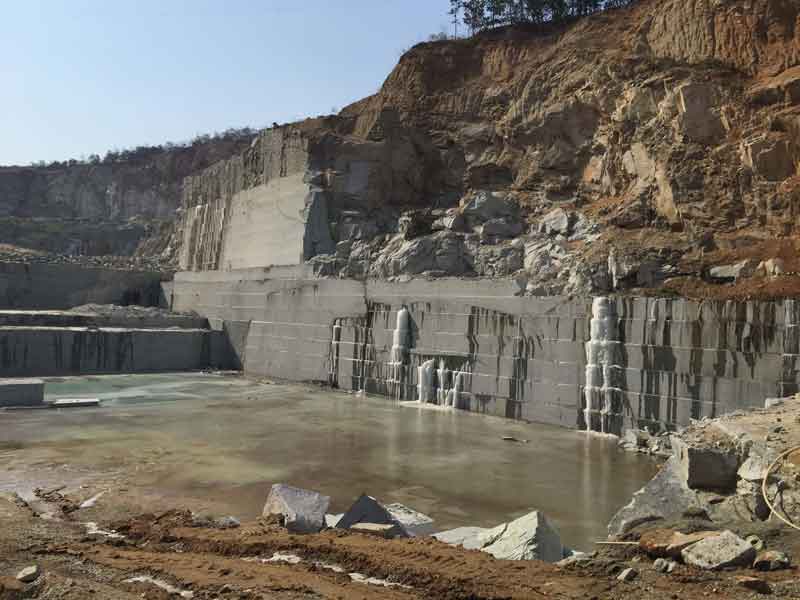Unearthing the Rich History and Sustainable Practices of Granite Quarrying
As we stand on the precipice of revealing the complex tapestry of granite quarrying, a journey via time exposes not simply the physical act of drawing out rock however also the social and historical significance woven right into the very textile of this method. From the ancient beginnings that laid the foundation for contemporary quarrying techniques to the lasting practices that are forming the future of this industry, each sculpt mark on granite surfaces narrates waiting to be discovered (granite quarries in south africa). The heritage of granite quarrying stretches much past plain removal; it is a testament to human resourcefulness, resilience, and the enduring attraction of this stunning rock
Ancient Origins of Granite Quarrying
Going back to ancient people, the technique of quarrying granite has been an indispensable component of human history and building advancement. The earliest evidence of granite quarrying dates back to old Egypt, where massive pyramids and complex sculptures were crafted from this sturdy stone. The Egyptians used primitive devices to remove granite blocks from quarries, showcasing the importance of this material in their significant constructions.
Relocating onward in history, the Greeks also made considerable payments to the quarrying of granite. The Greeks made use of granite in numerous building marvels, such as holy places and sculptures, showing their ability in shaping and carving this hardy stone. The Romans additionally improved the strategies of quarrying granite, employing advanced tools like blades and hammers to essence and form granite for their legendary frameworks.
Through the centuries, the practice of quarrying granite has developed, with contemporary innovations improving performance while keeping the classic allure of this all-natural rock - granite quarries in south africa. From old human beings to modern building contractors, the heritage of granite quarrying proceeds to form our globe
Advancement of Quarrying Strategies
The advancement of quarrying techniques has been noted by a continual development in the direction of higher effectiveness and precision in extracting granite. From the basic methods used by our forefathers to the innovative innovations used in modern quarrying procedures, the industry has undertaken significant advancements. Early quarrying strategies entailed manual work with fundamental tools such as knives, hammers, and wedges to draw out granite blocks from the earth. As human beings proceeded, methods like fire-setting and primitive explosives were presented to help with the extraction procedure.
Improvements in computer-controlled tools and 3D modeling have optimized quarrying operations, leading to very little ecological impact and boosted sustainability practices. As the demand for granite continues to increase, the development of quarrying strategies continues to be integral to conference industry needs efficiently and sustainably.
Cultural Significance of Granite
Granite holds a profound social significance throughout various worlds due to its long-lasting presence in building work of arts and prized monoliths. The cultural relevance of granite prolongs beyond its physical features; it symbolizes resilience, security, and timelessness, making it a symbol of sustaining heritages and customs.

Lasting Practices in Quarrying
Among the abundant history of granite quarrying and its cultural value exists a growing emphasis on lasting techniques within the sector. As environmental understanding and issues about source deficiency have actually heightened globally, the quarrying field has actually progressively embraced lasting approaches to lessen its effect on the environment and bordering neighborhoods.

Additionally, improvement and rehab of quarry websites post-extraction are important to lasting techniques. By recovering quarried locations to an all-natural or beneficial state, such as creating wildlife habitats or recreational spaces, quarriers can offset the environmental footprint of their procedures and add favorably to the neighborhood ecosystem.
Legacy of Granite Quarrying
With a historical background soaked in workmanship and commercial development, what enduring influence has granite quarrying left on the landscape of modern culture? The tradition of granite quarrying transcends plain removal techniques; it has actually formed building marvels, urban landscapes, and cultural heritage worldwide. The durable nature of granite has actually made it a recommended option for monuments, buildings, and infrastructure, standing as a testament to the ability and virtuosity of quarry workers across generations.
Moreover, the financial impact of granite quarrying can not be ignored. The market remains to provide employment possibility and drive regional economic situations in areas where granite extraction is prevalent. It has actually likewise spurred technical improvements in quarrying techniques and equipment, bring about a lot more efficient and lasting methods.
In terms of sustainability, the heritage of granite quarrying includes initiatives to mitigate environmental influences through recovery projects and accountable source management. By stabilizing economic rate of interests with ecological stewardship, the industry aims to ensure that future generations can proceed to take advantage of this enduring natural deposit.
Verdict
